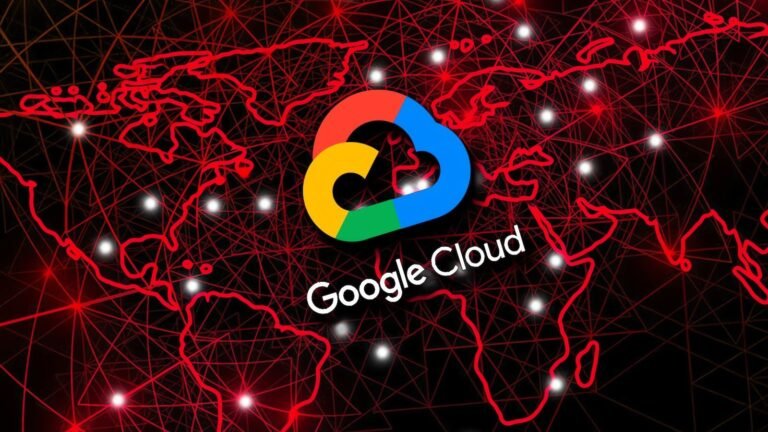Summary Points
-
Cause of Outage: A massive Google Cloud outage on Thursday, lasting over three hours, was attributed to an API management issue stemming from invalid data in quota updates, which led to widespread service disruptions across various Google services and third-party platforms.
-
Impact Duration: The outage began at 10:49 ET and ended at 3:49 ET, affecting millions globally, including essential tools like Gmail, Google Docs, and services relying on Google Cloud such as Spotify and Discord.
-
Recovery Efforts: Google’s recovery involved bypassing the problematic quota check, allowing most regions to recover within two hours; however, a specific region experienced prolonged downtime due to an overloaded quota database.
- Cloudflare Response: Cloudflare confirmed that the incident wasn’t a security breach and will transition its KV service to its own storage to mitigate future risks, as its service disruption was linked to Google Cloud’s outage.
Key Challenge
On Thursday, a significant outage affected Google Cloud services, disrupting access to numerous applications including Gmail, Google Drive, and Google Meet, impacting millions of users worldwide for over three hours. According to Google, this disruption initiated at 10:49 ET and culminated in recovery processes by 3:49 ET, attributed to a failure in their API management system triggered by an invalid quota update. This misstep resulted in a cascade of 503 errors, rejecting external API requests and severely affecting not only Google’s own services but also third-party platforms like Spotify, Discord, and Snapchat that depend on Google Cloud.
Cloudflare reported that their services relying on Google Cloud were affected, confirming that their outage stemmed from failures in their Workers KV service, which posed critical issues for configuration and asset delivery. Despite the significant disruptions, Cloudflare assured that the incident did not involve any security breaches or data loss. The server issues compelled Cloudflare to reassess its dependencies and plan a migration of its storage solutions to mitigate similar risks in the future. As reported by Google, the incident highlights the urgent need for enhanced error-handling procedures and testing protocols to avert such failures in their cloud operations.
Security Implications
The recent Google Cloud outage, instigated by an API management failure, underscores a significant vulnerability that extends beyond Google’s immediate services, impacting myriad third-party organizations and users reliant on these platforms. Many businesses, including major players like Spotify and Discord, faced disruption as their operations hinged on Google’s infrastructure, leading to potential revenue losses, diminished user trust, and disrupted workflows. This event accentuates the precarious nature of cloud-dependent ecosystems—when a foundational service encounters failure, the ripple effect can severely cripple interconnected platforms, ultimately jeopardizing operational resilience across sectors. Such incidents illuminate the urgent need for businesses to diversify their technological dependencies and bolster contingency plans, ensuring that they are insulated from the cascading repercussions of a single point of failure within the cloud infrastructure.
Possible Next Steps
The urgency of addressing cloud outages cannot be overstated, especially when they stem from critical factors like API management.
Mitigation Steps
- Incident Response Plan
Develop and regularly update a comprehensive incident response plan tailored for cloud environments. - API Monitoring
Implement real-time API monitoring tools to identify issues proactively. - Load Balancing
Utilize load balancing strategies to distribute requests, minimizing pressure on any single API endpoint. - Rate Limiting
Set rate limits on API calls to prevent overwhelming the system during peak usage. - Redundancy Protocols
Establish redundancies for critical APIs to allow seamless failover in case of failures. - Regular Audits
Conduct frequent audits of API configurations and deploy security patches promptly.
NIST CSF Guidance
The NIST Cybersecurity Framework emphasizes the importance of identifying, protecting, detecting, responding, and recovering in relation to cloud services and their management, especially under the category of "Identify".
For deeper insights, reference SP 800-53 which offers a catalog of security and privacy controls. This document outlines measures to enhance cloud operational resilience and ensure effective API governance.
Explore More Security Insights
Explore career growth and education via Careers & Learning, or dive into Compliance essentials.
Access world-class cyber research and guidance from IEEE.
Disclaimer: The information provided may not always be accurate or up to date. Please do your own research, as the cybersecurity landscape evolves rapidly. Intended for secondary references purposes only.
Cyberattacks-V1

